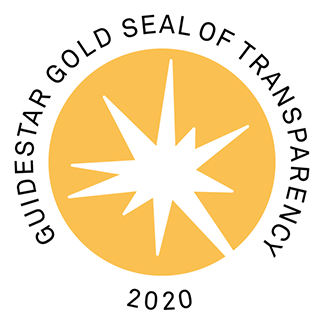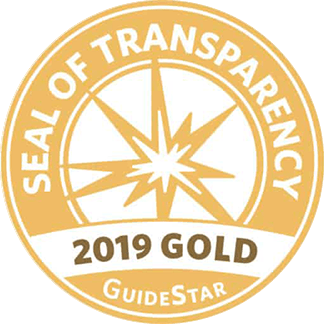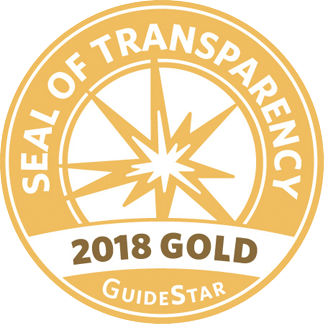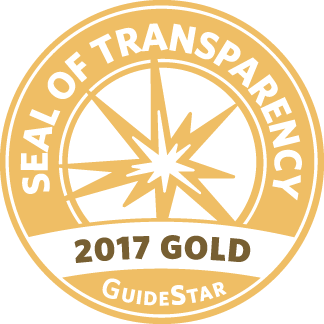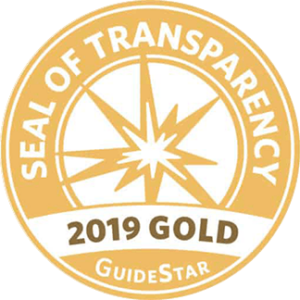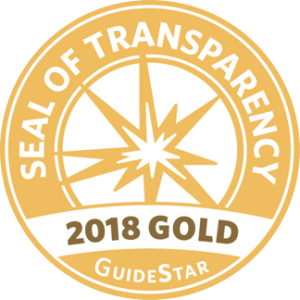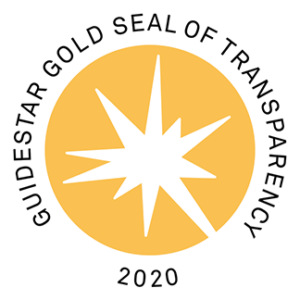Last year, Congress passed a new law called the Families First Coronavirus Response Act (FFCRA) that among other emergency protections created new tax credits for freelancers and other self-employed people to compensate for lost income when you cannot work for certain coronavirus-related reasons. These credits were initially extended in December to cover leaves through the end of this month. Recently, as part of the American Rescue Plan, Congress extended and expanded these credits through September 30. Here’s what freelancers need to know about how to access these credits.
What do the tax credits cover?
As a freelancer, you can receive tax credits for up to fourteen weeks (70 days) total of paid sick leave and paid family leave if between April 1 and September 30, 2021, you can’t work for one or more of the following reasons related to the coronavirus:
- You are subject to a quarantine or isolation order. This includes a shelter-in-place order or other order to stay at home or an order for people in a certain category (like those of particular ages or with particular medical conditions) to stay home.
- Your doctor or health care provider tells you to self-quarantine because they believe you have or may have coronavirus or that you are particularly vulnerable to the virus.
- You have coronavirus symptoms and are seeking a medical diagnosis.
- You are seeking or waiting for results of a coronavirus test or diagnosis due to exposure or are unable to work pending the results of such test or diagnosis (even if you are not symptomatic).
- You are obtaining or recovering from a coronavirus vaccination.
- You need to care for a loved one who is subject a quarantine or isolation order or whose health care provider has told that person to self-quarantine.
- You have lost childcare due to coronavirus and need to care for your children, such as because their school or daycare is closed or the person who normally cares for them can’t do so.
You can receive credits for up to 10 days of paid sick leave and up to 60 days of paid family leave; these credits cover the same needs, but are calculated differently. If you qualify, you can take both credits, up to a maximum of 70 combined days, but cannot take both credits for the same day. Note that these credits only cover days you could not work between April 1 and September 30, 2021; other tax credits may cover COVID-19 related needs before April 1, 2021, but are subject to different rules.
What documentation do I need?
Although the IRS hasn’t yet specified exactly what documentation freelancers will need to provide, you should keep careful records about any leave you plan to claim credits for. Those records should include things like the dates and reasons for which you took leave and any supporting documentation you have. You should also write up and hold onto a statement that, for those days, you cannot perform services in your trade or business for the qualifying reason.
Depending on the reason you can’t work, you may also need to hold on to other records. For example, you should keep records of the agency issuing the order to quarantine or stay at home, the health care provider recommending you self-quarantine, or the name and relationship to you of the person you are caring for. If you need leave for childcare reasons, you’ll want to hold onto additional documentation, such as the children’s names and ages and the name of their school or child care provider. You also want to write up and hold onto a statement that no one else will be caring for the children during the time for which you are claiming the credit. If you need to care for a child older than 14 during the day, you should also write up and hold onto a statement of any special circumstances requiring you to provide care.
How much will my credit be for?
The amount of your credit is based on your average daily self-employment income. To calculate this amount, take your self-employment income for the taxable year and divide by 260 (the number of non-weekend days in a year). You’ll use this number to figure out how much you are owed, based on the number of days you were unable to work. If you wish to, you can choose to use your self-employment income for the prior taxable year to calculate this number.
For sick leave, you can receive the credit for up to 10 days total, but the amount of the credit you can receive per day depends on the reason you can’t work. For covered reasons related to your own health, the credit is for 100% of your average daily self-employment income up to $511/day ($5,111 total). For covered reasons related to caring for someone else, the credit is for 67% (about 2/3) of your average daily self-employment income, up to $200/day ($2,000 total).
For family leave, regardless of the reason for which you took leave, you can receive the credit for up to 60 days at 67% of your average daily self-employment income, up to $200/day ($10,000 total).
These credits count against the amount you owe in federal income tax for the 2021 tax year. These credits are refundable, meaning that if your credit is larger than the amount of money you owe in self-employment taxes, the excess amount will be refunded to you. They are also advanceable, meaning that you can claim them ahead of when you would normally file and pay your taxes to get your money back early, through a process the IRS will specify.
For more information, you can read A Better Balance’s fact sheet here, contact our free and confidential legal hotline, or consult your tax advisor.
Please note that this fact sheet does not represent an exhaustive overview of the law described, and it does not constitute legal advice
Molly Weston Williamson is Director of Paid Leave and Future of Work and Senior Staff Attorney at A Better Balance.


